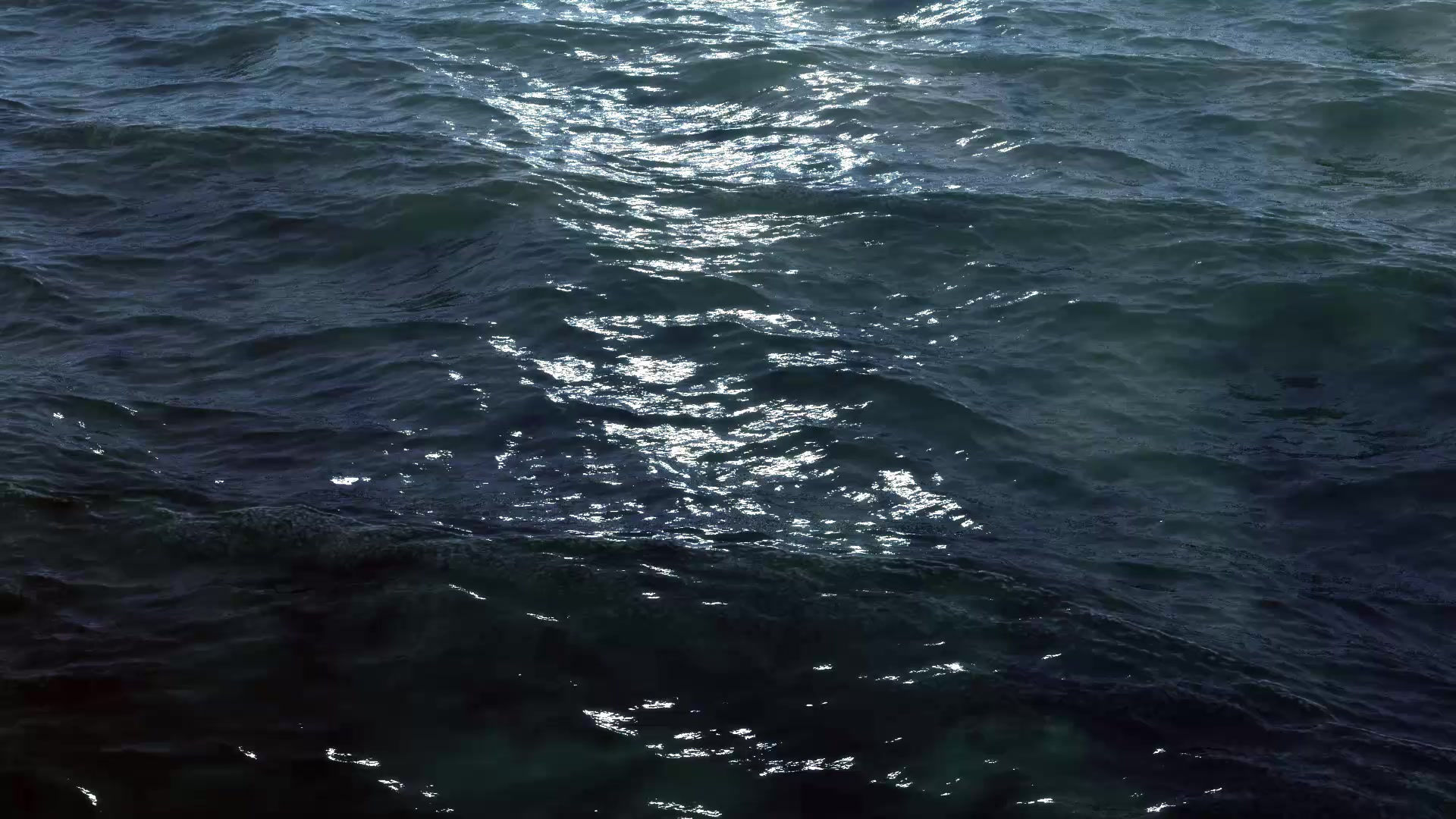How to Catch More Walleye on Lake Erie with Jigging and Trolling Combined
- taromurata
- May 26
- 3 min read
Discover how to maximize your walleye fishing success on Lake Erie by jigging and trolling simultaneously. Pro tips, gear setup, and seasonal strategies included.
The Ultimate Guide to Jigging and Trolling for Walleye on Lake Erie
If you're targeting trophy walleye on Lake Erie, you probably already know that both jigging and trolling are highly effective techniques. But have you ever tried combining them during the same outing—or even at the same time? In this guide, we break down how to maximize your catch rate by jigging and trolling simultaneously for Lake Erie walleye.
Why Fish Lake Erie for Walleye?
Lake Erie is widely considered the walleye capital of the world, thanks to its abundant population and easy access from states like Ohio, Pennsylvania, and New York. Whether you're fishing from a boat out of Port Clinton, Erie, PA, or Buffalo, NY, the lake offers prime opportunities year-round.
Jigging vs. Trolling for Walleye: The Pros and Cons
Jigging is a hands-on method, often best during early spring and late fall when walleye are near structure or holding tight to bottom. Vertical jigging with soft plastics, hair jigs, or blade baits is ideal when water temps are cool and fish are schooled up.
Trolling, on the other hand, shines in summer and early fall. By covering more water and dialing in on suspended schools, trolling lets you target active walleye using crankbaits, worm harnesses, and snap weights.
But what if you could combine both techniques in one trip—or simultaneously?
How to Jig and Troll at the Same Time on Lake Erie
Here's where it gets interesting. With the right boat setup and conditions, you can jig and troll simultaneously, maximizing your chances of hooking into more fish.
1. Split Your Strategy by Angler
If you're fishing with two or more people, assign one angler to jig vertically near the bow using sonar while another sets up trolling gear off the back. This lets you target both structure-hugging fish and those suspended in the water column.
2. Use Electric Trolling Motors
Use your bow-mount trolling motor with GPS spot-lock to stay in place while jigging, or dial in a slow drift speed for trolling cranks off planer boards or dipsy divers.
3. Try Controlled Drifting
On windy days, use a drift sock and alternate between jigging over structure and dragging crawler harnesses behind the boat. This natural presentation is deadly when walleye are scattered across flats or humps.
4. Troll with Dead Rods, Jig Actively
Set your trolling rods in holders with crankbaits or worm harnesses and actively jig at the same time. Keep an eye on your electronics to stay on productive depth contours or bait schools.
Best Gear for Jigging and Trolling on Lake Erie
Jigging Rods: 6’6”–7’ medium-fast spinning rods with 10–15 lb braided line and fluorocarbon leaders.
Jigs: ½ oz to 1 oz blade baits, hair jigs, and paddle-tail plastics.
Trolling Rods: Medium-heavy trolling rods paired with line-counter reels, using 10–20 lb mono or braid.
Lures: Bandit Walleye Deep, Reef Runners, Flicker Minnows, and worm harnesses behind inline weights or dipsies.
Electronics: GPS chartplotters, sonar with down/side imaging, and temperature probes are critical to locating active fish.
When to Use Each Method
Spring (March–May): Focus on jigging near reefs and rivers like the Maumee or Detroit.
Summer (June–August): Trolling dominates in deeper basins out of Geneva, Ashtabula, or Erie.
Fall (September–November): Jigging returns to favor near nearshore structure, while trolling remains effective during migration.
Tips to Maximize Your Catch
Monitor water temperature and baitfish location to determine which technique to prioritize.
Use wind direction and current to plan drift paths for jigging and trolling lanes.
Don’t be afraid to run crankbaits shallow or deep—adjust based on where marks show up on sonar.
Match lure color to water clarity: bright colors in stained water, natural tones in clear.
Final Thoughts
Combining jigging and trolling on Lake Erie isn’t just possible—it’s smart. By diversifying your approach and covering different parts of the water column, you can significantly increase your chances of putting more Lake Erie walleye in the boat.
Whether you're a seasoned angler or a weekend warrior, this hybrid strategy is your ticket to a full cooler.


Comments